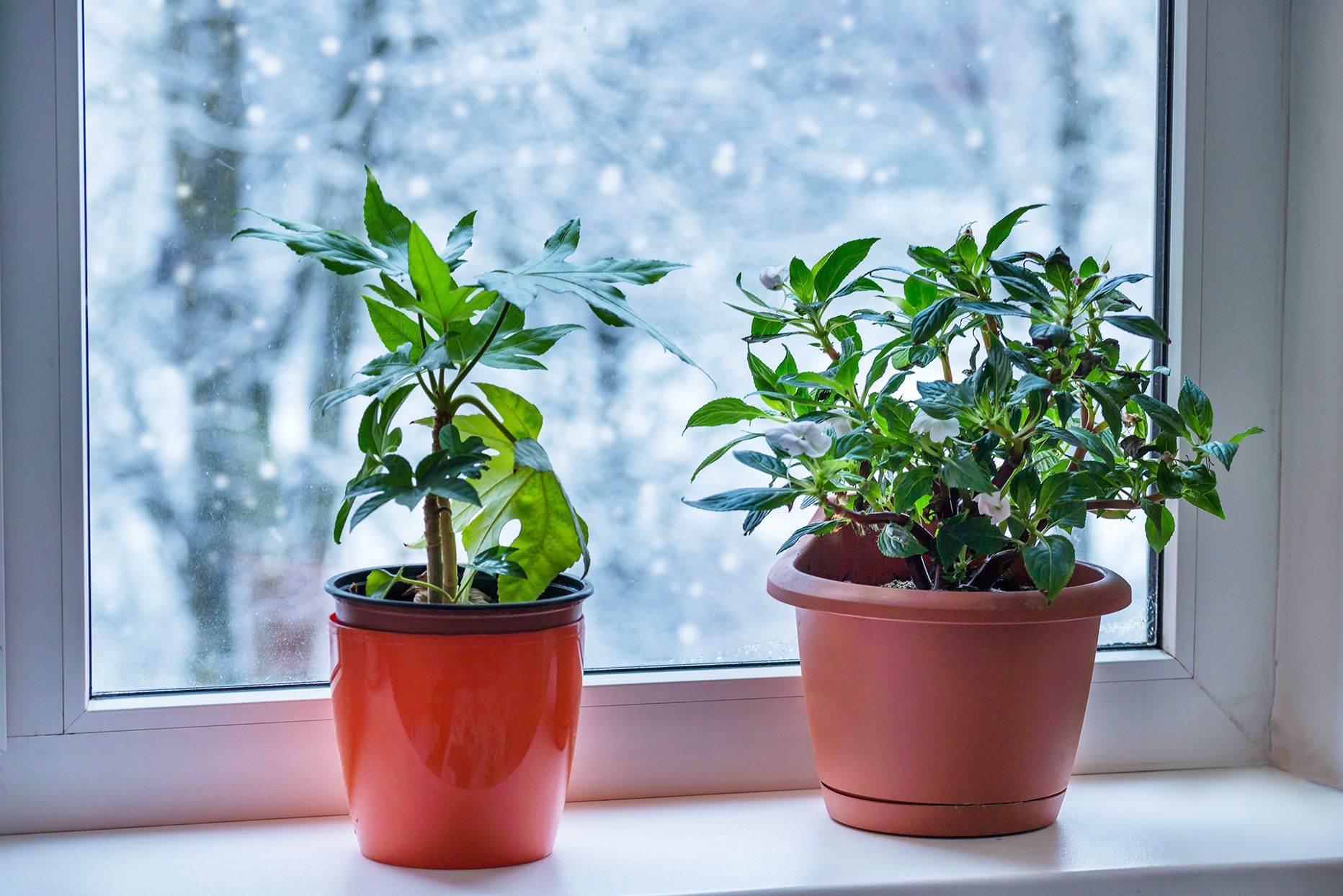
Winter is here! While you might be snuggled up under blankets with a hot cup of cocoa, your indoor plants need your attention so they stay health, bright, and cheery come springtime.
Your leafy companions need some extra TLC to survive the cold weather blues, and there are a few tips that make it easy. Some of these include being mindful of lighting and temperatures, watering them properly, and pruning them. Let’s take a look at how these will ensure all of your green friends survive – and thrive – this season!
Adjust Lighting and Temperature
As the end of the year approaches, the days are shorter, which means there isn’t as much sunlight. However, indoor vegetation still needs sun exposure. To compensate, move your pots closer to the sunniest windows in your home and rotate them periodically to ensure all sides receive equal amounts of sunlight.
If natural light is limited, you may want to consider investing in a grow light specifically designed for the indoors. These artificial lights mimic natural sunlight, providing the necessary spectrum for photosynthesis.
Additionally, be mindful of the temperature inside your home. Most indoor flora prefer a consistent temperature range to live their best lives. Keep them away from things like drafts, heaters, or radiators to protect them from sudden temperature fluctuations that can stress them out and lead to wilting and dropping leaves.
Speaking of, your plants aren’t the only things that need protection during the wintertime. Do you know if your insurance plan has the coverage you need in case of accidents or damage to your home during the wintertime? It’s important to work with a company with a good reputation, so you might want to look into Freeway Insurance. They offer a variety of insurance policies for home, personal, auto, and more, which allow you to breathe easily – even during times of unpredictable weather. To contact them, visit their website or call them.
Proper Watering Techniques
When temperatures drop, potted greenery generally requires less water. They don’t grow as much during this time, which means you can reduce how much and how often you water them. Overwatering can lead to root rot, which is a common issue that you want to avoid.
To prevent this, adjust your watering schedule and check the moisture level of the soil. Stick your finger about an inch deep into the dirt – if it feels dry, it’s time to water. Be sure to use room-temperature water – cold water can be too shocking
Another thing to consider is investing in a humidity tray or a humidifier. Central heating systems can create a dry environment, which a lot of vegetation doesn’t appreciate. Another trick is to place a shallow tray filled with water and pebbles near your pots – this can help increase humidity levels, keeping them happy and healthy.
Pruning and Maintenance
Pruning and maintenance are super important at any time of the year, but it is especially so during cold months. Trimming dead or yellowing leaves and removing spent flowers improves their overall appearance – and promotes healthy growth in the coming spring.
Additionally, keep an eye out for pests. While they are less likely during the wintertime, they can still make their way inside. Be sure to check the underside of leaves and stems for any signs of insects.
Lastly, you may want to consider cutting down on using fertilizer. Even though plants require less food during this time, a diluted, balanced fertilizer every 6-8 weeks provides the necessary nutrients without overwhelming them.
Winter TLC for Your Potted Plants
With a little attention and care, your indoor garden can thrive even in the coldest months. By adjusting the amount of light, monitoring water intake, and performing regular maintenance, you’ll keep them alive and prepare them for a flourishing spring. Now get ready to bring a touch of warmth and greenery to your winter days!